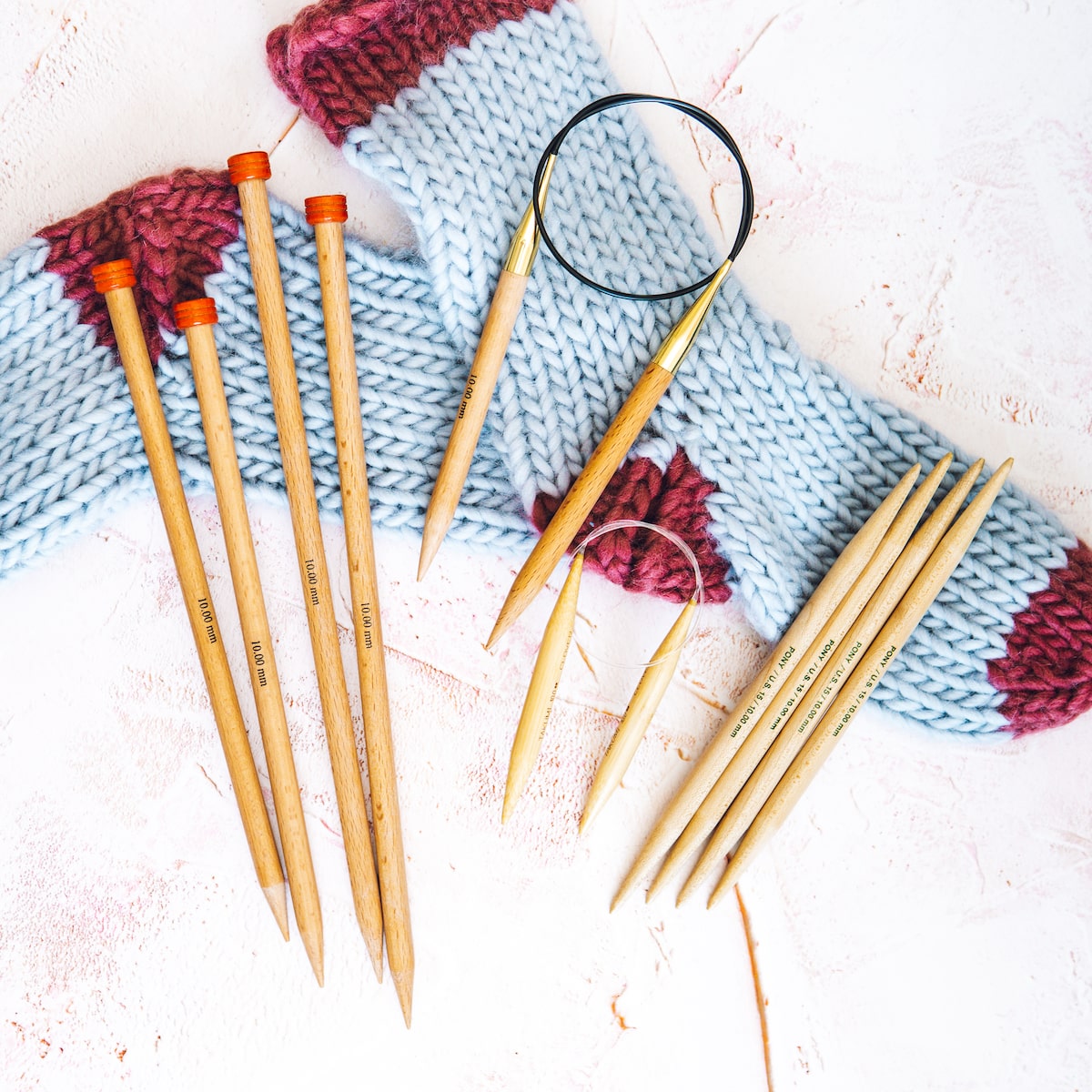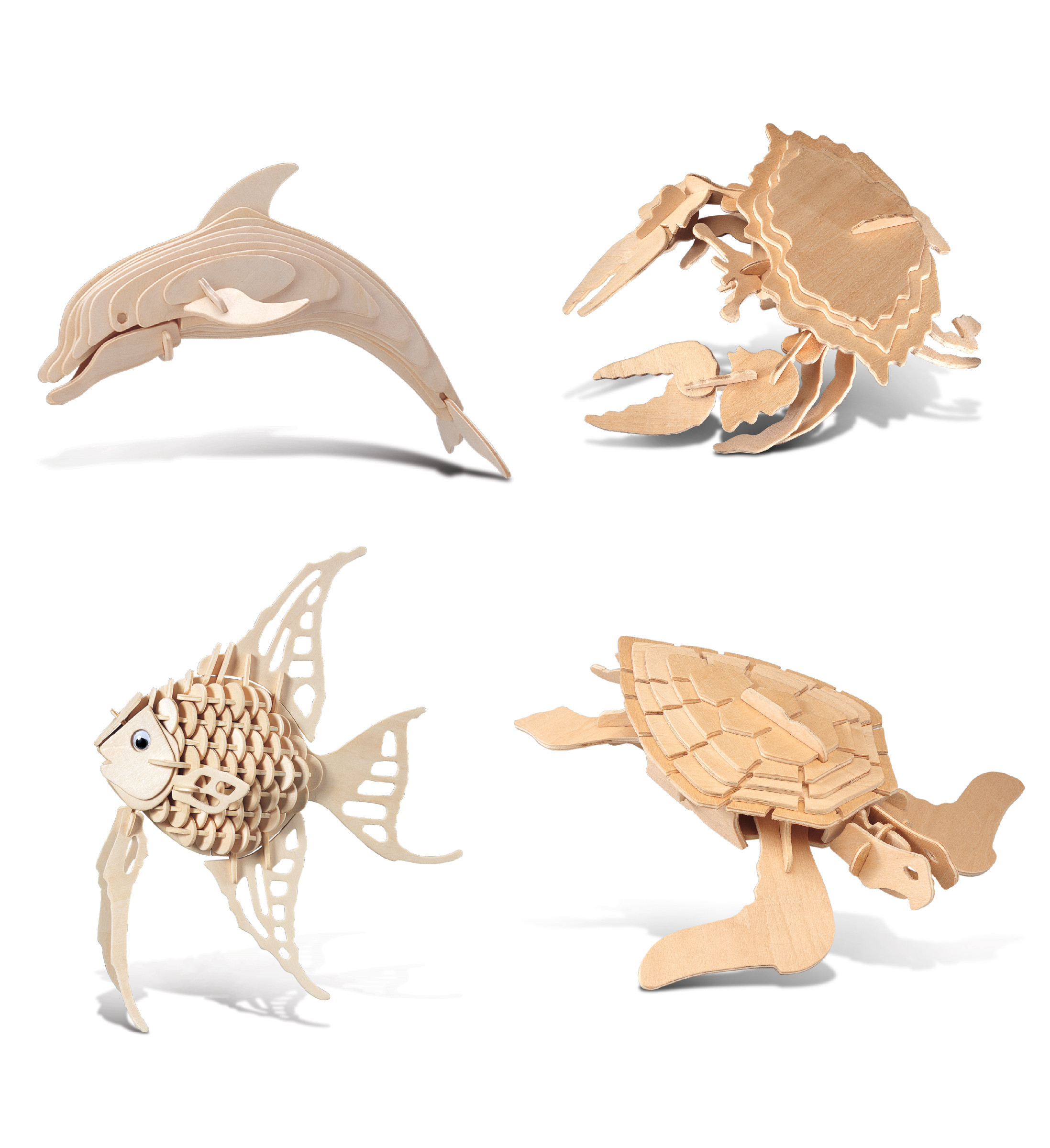
There are several ways of tying a slipknot. These methods are usually used when tying a piece of rope to another item. Below are the most used methods for tying a Slip Knot. You must first learn how fold a loop under in order to create two loops. Once you have folded the loop, you can choose which side to slip.
Common methods of tying a slip knot
The slip knot is one of the simplest types of rope tie. You can use it to secure items, adjust the sizes, or just keep things in place. The working end of the rope is tied from the left to the right. You can shorten the rope by pulling on the working part of the rope as you tighten the knot. If you find the slip knot is too tight, untie it to make it loosen again.

Once the working yarn is attached to the yarn ball in your right hand, place the tail of the yarn between your thumb and index finger. Next, grab the working yarn and pull through the second loop. Start at the beginning of the first loop. Next, go up and pull the work yarn to secure it in the Slip Knot. Slip knots are a great way to start if you're just starting out.
Common uses of a slip knot
Slip knots are a stopper knot. It is undone by pulling the tail. It is similar in function to a running or yanking knot. The slip knot is commonly used in fishing, boating, and many other uses. This knot is simple and easy to master. These are some tips to help you tie it. You can also learn to tie a slip knot with videos or read our tutorial.
This versatile knot can also be used to attach a long rope. It is great for attaching a boat or trailer onto a support post. It can also attach sails and guy lines to tents. This type can be used to secure a large object such as a boat. It can also function as a dog leash. It is versatile, and can be used to accomplish many things.
Common methods for tying slip knots in knitting
You can tie a slip stitch in knitting using several methods. The first one involves slipping the yarn tail from behind the knot and pulling it through the loop. Next, tighten the knot using the tail. The amount of yarn you use does not need to be specified. This method will require approximately one inch of yarn to make the slipknot.

A slip knot is a way to secure your yarn to your knitting needle when knitting. You can use the knot when knitting to manage the tension in your first stitch. This is called an edge stitch. It will prevent your first knit stitch from becoming a loose one. The slip knot can also be used to ensure that your knitted edge is square and neat. By using this knot, you can knit a square cast on the edge of your knitting project.
FAQ
What are some good hobbies ideas?
Doing something you enjoy is the best hobby. If you enjoy what you do, it will be much easier to keep going. If you don't feel well or tired, you will always have an excuse!
We all have hobbies that we love and know. These include painting, crafting, photography, cooking and sports.
You might also consider volunteering at a local charity shop or animal shelter, children’s hospital, hospice, elderly home, school, community centre, church, and other places.
If you're looking to do something more adventurous, Why not take up scuba diving, rock climbing, sky diving, bungee jumping, white water rafting, sailing, surfing, canoeing, kayaking, horse riding, zip lining, hang gliding, paragliding, skydiving, snowboarding, skiing, mountain biking, hiking, camping, fishing, hunting, archery, shooting, clay pigeon shooting, target shooting, golf, tennis, swimming, snorkeling, windsurfing, waterskiing, kitesurfing, wakeboarding, standup paddle boarding, hang gliding, parasailing, hot air ballooning, paragliding and many more.
If you want to go further afield, there are plenty of unique ways to spend time in nature. You can go cliff diving, cave tubing or snowshoe hiking, snowshoeing or snowkiting.
What are competitive hobbies?
Running, swimming, cycling and tennis are all competitive sports.
They're usually played by people who enjoy physical activity but also provide an opportunity for social interaction.
If your hobby involves physical activity, you will likely find other people who share it.
This could include joining a club/group that allows you to play sports together regularly.
You may also want to play in a team game, where you are playing with others.
These include: football (soccer), soccer, cricket, netball.
There are many types and levels of competition.
Some competitions may be held for pure recreational purposes.
Others are designed for competitors to prove their skill.
Some are even designed to reward outstanding performance.
These cases result in prizes for the winners.
Other competitions are meant to test competitors' strength and stamina.
These are called endurance events.
For example, marathon races, triathlons, Ironman Triathlon, etc.
Athletes train hard before they compete in these events.
They will follow a strict training program to prepare themselves mentally and physically.
They may need to spend some time out of their home for preparation.
It is important that you remember that not every athlete can compete in every type or event.
What is observation hobby?
Observation hobbies can be activities that you watch people do. You might be interested in watching sports, reading, going on holidays, and so forth. You could also observe other people.
It's great to have observation hobbies because it helps you think creatively. You can draw on this knowledge later, when you work on projects for others.
You'll discover that it's easier to learn if there's a passion for something.
You might watch or read about football to learn more. You could visit or take part in exhibitions if you are interested in learning more about photography.
If you enjoy playing music, you could play along to songs online or buy a guitar.
You have the option to make your own meals or take out at a restaurant if you enjoy cooking.
If you love gardening, you might grow vegetables or flowers.
If you like dancing, you could join a dance class or go out with friends.
If you like painting, you could paint pictures.
If you like writing, you could write stories or poems.
Drawing pictures is a great hobby.
If you are passionate about animals, you can look after them or work at the zoo.
If science interests you, you can study biology, chemistry or physics.
You can read books, listen to podcasts, or watch films if history interests you.
If you enjoy travelling, you might consider exploring your local area or traveling abroad.
Can I make a living from my hobby and earn money?
You can make extra money by taking up hobbies.
If your hobby is something you love, you might decide to make a living selling it.
You might consider setting up a website to sell rare stamps if you have a collection.
This way, you can earn extra income without having to go through the hassle of actually buying and selling the stamps.
Another option would be to create a YouTube channel where you talk about your hobby.
This allows you to share what is important to you with others, and possibly generate additional revenue through premium content.
Is it possible to become rich from a hobby?
Not necessarily.
However, it is possible to become wealthy by starting a business around your hobby.
Let's take, for example, that you love cooking. You love healthy food so you open a new restaurant.
Customers are charged a small fee for organic food made from scratch.
You will eventually be able to grow your client base and hire people who are willing to work with you.
Eventually, you expand your menu to include gluten-free options, vegan dishes, and desserts.
This scenario allows you to have the lifestyle you want and a business you can be proud of.
You don't have a right to quit your job.
You could also run your restaurant, while still maintaining your 9-5 job.
What are some hobbies that seniors might enjoy?
Senior citizens should be able to enjoy activities that they are passionate about. Senior citizens should be active and participate in other activities.
They may wish to join clubs, where they can find others who have similar interests. As they age, this will help them feel less alone.
Seniors should also keep up with the latest trends. For example, seniors could keep up with the latest fashions, art and literature.
What is a hobby for kids?
For kids, a hobby can be any activity that they are interested in doing as part of their everyday routine. Children might be drawn to, build, paint, create stories, play with toys or watch TV.
Many parents worry that their kids will get into trouble when they're free to do what they want. However, this is not always true. They won't get into trouble if your child is safe and does not cause harm to others or themselves.
It is important to keep in mind that just because someone likes something, doesn't mean they will choose it every time. If they don't like writing but love drawing, they might choose to draw images instead.
There are many types of hobbies. It's up to you to choose one that you really enjoy.
Statistics
- A new survey by Pew Research Center of teens ages 13 to 17 finds that 36% of girls feel tense or nervous about their day every day; 23% of boys say the same. (pewresearch.org)
- The Role of the Mind in Sex, Dating, and Love: Men in the “humor” condition received phone numbers from 42.9% of the female participants and were refused 57.1% of the time. (time.com)
- Much of this decline reflects the fact that teens are less likely to work today than in the past; among employed teens, the amount of time spent working is not much different now than it was around 2005. (pewresearch.org)
- Studies show that just six minutes of reading can reduce stress levels by 60 percent. (oberlo.com)
- I am 100% biologically a woman (discover.hubpages.com)
External Links
How To
How to start gardening
Gardening has been around since the dawn of agriculture. You need patience, perseverance, and determination. You must choose a suitable location to start your garden. This could be a large plot of land or even just a small area in your backyard. Next, you will need to decide which type of plants are best for you. Do you prefer flowers or vegetables? Some people enjoy growing herbs and others prefer raising livestock like rabbits. Before you decide which crops you will plant, consider the amount of space you have. If your climate is cold, you may decide to plant berries and fruits.
Once you have made your choice, it is time to prepare the soil. How your plants perform is dependent on how well the soil you use. The soil should be rich in organic matter to provide nutrients for your plants' roots. Organic matter includes things like leaves, twigs, grass clippings, manure, and compost. After you have prepared the soil, you will need to add nutrients. You may need different amounts depending on what type of plants you are trying to grow. To determine these values, you can use a fertilizer calculator online. There are many fertilizers to choose from, so it is important that you are familiar with the product you are using.
After you have prepared the soil and added nutrients, it is time to wait for your seeds germination. This process usually takes anywhere from 2 weeks to 3 months, depending on the weather and the temperature in your area. Once your seeds have sprouted, you need to water them regularly. You can endanger your plants if you water them too often or too little. Overwatering can cause problems. Overwatering can result in root rot, fungal diseases, and even death. Remember that plants need less water in the summer than they do in the winter. Remember that some plants require drying out after being watered. For tomatoes, it is important to keep them moist but dry. They won't tolerate soggy soil. After the plants have finished flowering they must go dormant. Dormancy is when plants stop producing new growth and begin storing energy for the next season's harvest. Dormancy is when the plant stops sending signals back to its roots for food production. Throughout this period, the plant stores energy. If temperatures fall below freezing or the plants are not getting enough sunlight, they will die.
Urban environments may limit the variety of plants you can grow. Urban areas tend to contain concrete sidewalks, roads, buildings, and parking lots that block sunlight from reaching the ground. Concrete absorbs light which blocks sunlight from reaching the ground below. Because of this lack of sunlight, many plants cannot survive in cities. Fortunately, there are still many plants that can thrive in an urban environment. Many trees, shrubs, perennials, and other plants can adapt to urban life. Many annuals can be grown indoors, too, in containers. You can grow fresh greenery year-round in containers.
Now you're ready to plant.